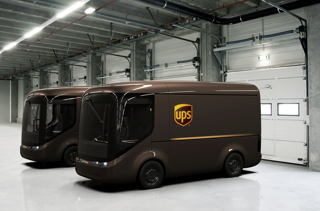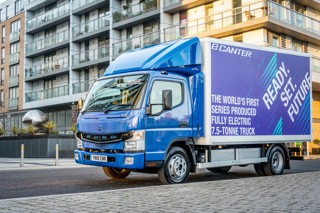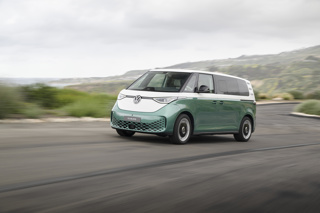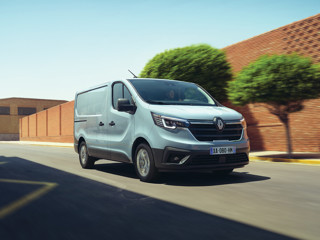A refuse collection vehicle at the end of its normal working life has been repowered with an electric motor and is due to shortly begin ‘real world’ trials in Greenwich.
It is hoped that ‘repowering’ will greatly extend the working life of high value commercial and local authority vehicles, and cut air and noise pollution in residential areas.
The Greenwich trials will test the viability of the technology and make the economic case for repowering heavy commercial vehicles.
The prototype will be tested alongside the existing refuse fleet, managed by the Royal Borough of Greenwich.
Refuse lorries operate in largely residential areas, with their diesel engines in constant use 14 hours per day, achieving only 2.5-4.5 miles per gallon (MPG), having emissions that include nitrogen oxide (NOx), carbon monoxide (CO), hydrocarbons (THC and NMHC) and particulate matter (PM), which is essentially soot.
By replacing the diesel engine with an electric motor, the electric Refuse Collection Vehicle (eRCV) produces zero emissions in operation. It also greatly reduces noise pollution – a significant issue for urban residents.
It is estimated that the repowering modification will double the vehicle’s operational life, extending it to 14 years, and generate a lifetime cost saving of up to £300,000 compared to a Euro 5 or older diesel powered model.
The trial marks the culmination of a year-long technical development by a consortium comprised of Magtec, a UK technology firm specialising in the electrification of vehicles, the Royal Borough of Greenwich and its urban innovation agency, DG Cities.
The project was part funded by Innovate UK, the Government’s research and development lead.
The eRCV is a 26-tonne battery-powered, zero-emission refuse vehicle designed to do a 14 hour ‘double shift’ duty-cycle without needing to recharge. It can reach a top speed of 56mph on its 300kWhr battery.
Magtec, a supplier of electric vehicle drive systems, replaced the diesel engine and associated components of the Royal Borough of Greenwich-owned Mercedes Econic vehicle with an electric vehicle drivetrain, designed and manufactured in the UK.
The company also replaced the engine-driven hydraulic system, which drives the rubbish compaction and bin lift systems, with an electric-powered system that is more efficient and quieter.
The project supports Greenwich Council’s commitment to improving air quality as is demonstrated by the authority’s release of the Greener Greenwich Strategy and Air Quality Action Plan in 2016.
The Leader of the Royal Borough of Greenwich, Councillor Danny Thorpe said: “We are delighted to be part of the consortium to develop and trial the first 26-tonne repowered electric refuse vehicle in the world.
“Greenwich is at the forefront of developments in areas such as smart city innovation and smart mobility.
“I am particularly pleased that we are pioneering technology that will help address poor air quality. This further underlines our commitment to improving the environment, as reflected in our ambitious Greener Greenwich strategy.
“I am sure residents and pedestrians will also appreciate the quiet operation of the vehicles. With this ground-breaking eRCV in operation, the loudest noise on the street on bin day in the future maybe the refuse collectors whistling.”
Magtec programme director, Simon Buckley, added: “This is a UK first, and demonstrates Magtec’s commitment to innovation.
“Repowering a heavy goods vehicle with our electronic drivetrain not only extends its life, it also removes both noise and urban pollution.”






















Login to comment
Comments
No comments have been made yet.